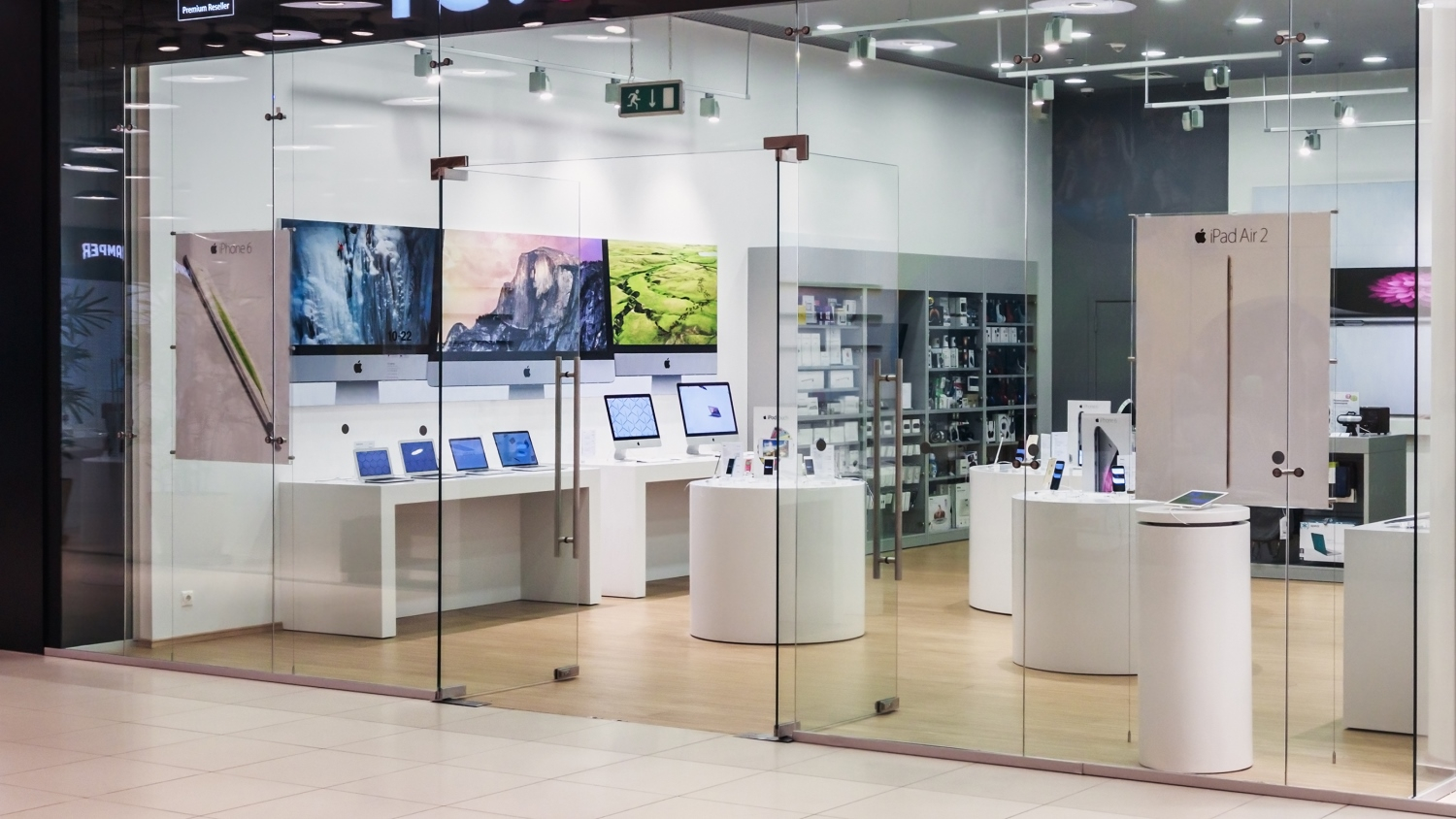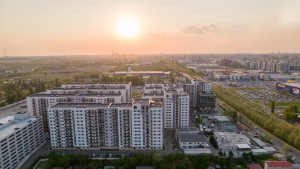
According to Savills, the impact of the pandemic is set to accelerate online retail penetration by an average of one year and, in turn, drive demand for prime logistics space in Europe.
Prior to COVID-19, average online activity as a total proportion of the total retail sales in Western Europe was forecast to reach 15.3% by 2022. However, the Centre for Retail Research’s (CRR) post COVID-19 online penetration rate forecasts that this level will now be reached by 2021.
Online retail activity accounted for unprecedented levels of the total retail sales, spiking temporarily to as high as 33% in the UK, according to Office of National Statistics (ONS). However, based on the analysis, Western European online retail penetration should normalise at 15.3% by 2021.
Marcus de Minckwitz, Director, Savills Regional Investment Advisory, EMEA, explains, “Increases in online spending have always meant increased demand for warehouse space and we have seen unprecedented growth across all markets since lockdown. Some consumer spending will return to the stores but there has been a real step change in the amount consumers now shop online and it is likely that this will continue going forward.”
In July this year the CRR forecast that Western Europe’s six largest economies‘ online retail sales as a percentage of total retail sales will rise from 12% in 2019 to 16.2% in 2020, before easing back to 15.3% during 2021, reflecting a normalisation of consumer patterns as shops reopen and consumers return to the high streets and shopping centres.
Savills research confirms that occupier demand for European logistics for H1 2020 was 4% below the five-year average. However, Portugal (+86%) Romania (+78%), the UK (+41%) and Poland (+31%) performed the strongest against their respective half year averages.
John Palmer, Director, Head of Industrial Investment, Savills Poland, says: “The Polish developer-led warehousing and logistics market has recorded strong results in 2020 with the share of e-commerce related gross take-up has risen from 6% (H1 2019) to 15% (H1 2020). Overall figures reveal a healthy market with year on year figures from H1 2020 showing a 44% increase in net take-up, stock increasing by 17% with little change in vacancy levels rising by 1.5 pp despite the pandemic. The most dramatic result from Covid-19 has been the structure of leases signed, with a trend for short term leases from occupiers (up 175% year on year), albeit this is now stabilising and reverting back to previous lease terms post-crisis.”
Average European vacancy rates in the logistics sector increased from 5.1% to 5.8% during H1 2020 however this remains low by historical standards, and well below the 12% equilibrium for rental growth, as observed in the UK.
Mike Barnes, Associate, Savills European Research, comments, “A shortage of available space will be the prolonged challenge for occupiers throughout the remainder of 2020, and into 2021 we expect to see increases in the proportion of lease regears. At the same time, business uncertainty is resulting in occupiers seeking shorter lease terms and for many, existing warehouses are no longer suitable to meet the increased demands of e-commerce. We are seeking a rising number of 5-10k sqm requirements across German cities to meet the level of coverage required for last-mile delivery purposes.”
With regards to last-mile logistics, Savills anticipates rental growth trajectory, partly due to the shortage of land allocated to distribution in urban areas. In order to maximise land utilisation firm’s analysts are observing more multi-storey warehousing developments across Europe.
Savills has recorded that a total of €13.3 billion was invested into the European logistics sector in the first half of the year, an 8% decrease y-o-y. Germany overtook the UK as the most active market so far this year, exceeding €3 billion in H1 and marking a 21% increase y-o-y. Equity rich European institutions have remained dominant players, and are showing signs of outbidding non- European capital for core assets. Appetite from South Korean and other Asian investors remains strong, however, their purchasing activity has been restricted by travel lockdown periods.
The average prime logistics yield across Europe (4.58%) also remained stable although a number of ultra-prime assets let to Amazon have observed yields move in sharper in recent months.
Marcus de Minckwitz summarises, “The vital role of the logistics sector has been pushed even further into the limelight during the last few months and it is also proving to be one of the most resilient asset classes through this economic downturn. As a result, we are seeing even greater levels of investor demand although volumes are constrained due to a lack of stock. This is leading to very competitive bidding and values rising.”



